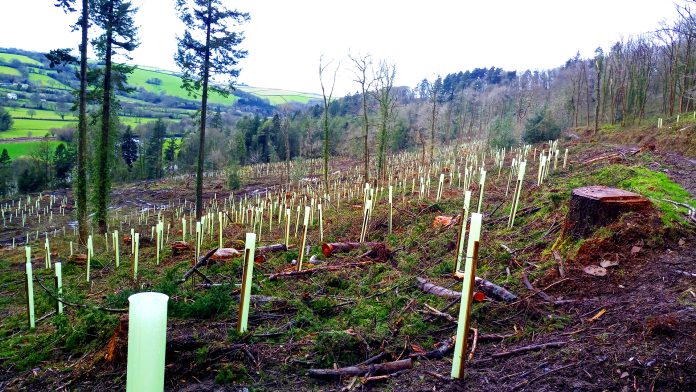Due to the increasing threat of climate change, scientists from the University of Vienna and the Technical University of Munich (TUM) have investigated which trees can be used for reforestation across Europe’s forests.
They discovered that only a few tree species, such as English oak in the UK, are suitable for reforestation in the future.
However, mixed forests are important for forest survival; otherwise, the forest ecosystem could be weakened.
Fewer species are becoming suitable for reforestation
Although European forests are naturally home to a mix of trees, the number of tree species is lower than in climatically comparable areas of North America or East Asia.
In the future, even fewer species will be suitable for reforestation.
Depending on the region, between a third and a half of the tree species found there today will no longer be able to cope with future conditions.
“This is an enormous decline, especially when you consider that only some of the species are of interest for forestry,” explained lead author Johannes Wessely.
The scientists examined the 69 most common of the just over 100 European tree species. On average, only nine of these 69 species per location are fit for reforestation in Europe, compared to four in the UK.
Which tree species will suit which region of Europe in the future varies greatly overall.
Forest ecosystem at risk due to restriction of species
According to the European Environment Agency, around 40% of Europe’s land is covered by forests, making it essential for climate regulation and climate change adaption.
However, even with the selected set of future-proof trees, a major problem remains: the average of nine species is not enough for a species-rich mixed forest.
“Mixed forests consisting of many tree species are an important measure to make forests more robust against disturbances such as bark beetles,” said Rupert Seidl from TUM.
“In some places in Europe, however, we could run out of tree species to establish such colourful mixed forests.”
Not all trees offer important properties
Trees store carbon, provide a habitat or food source for animals or can be processed into timber – these are all important properties of forests.
But not all trees fulfil these functions equally – only an average of three of the nine climate-fit tree species can do this.
Wessely concluded: “Our work clearly shows how severely the vitality of forests is affected by climate change. Rapid measures to mitigate climate change are essential for the sustainable protection of our forests.”









